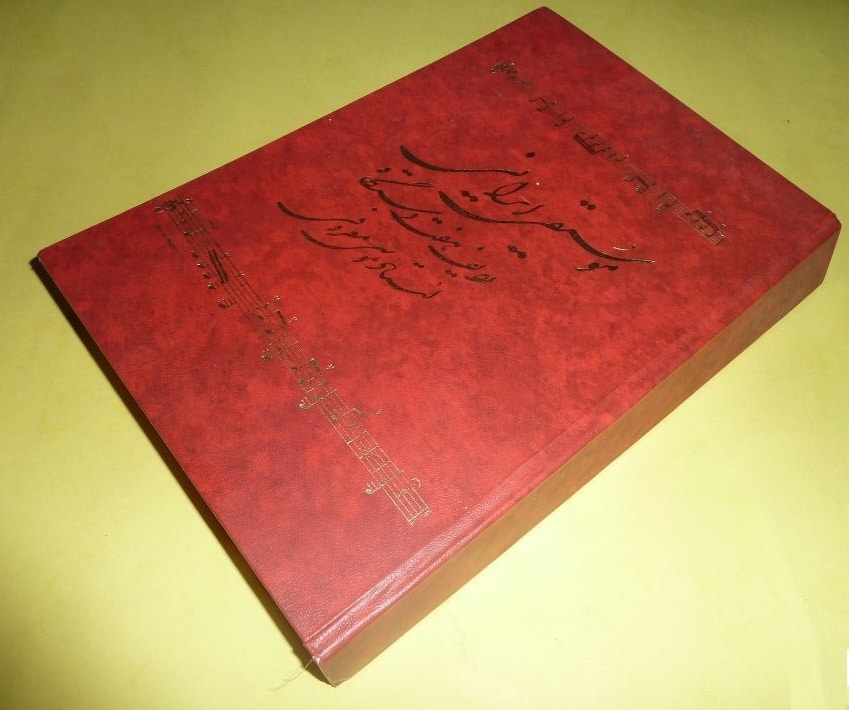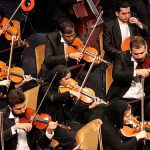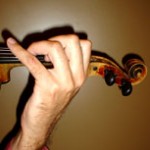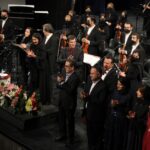
Authors: Pouria Nasiri and Sadjad Pourghannad
The perspective that denies any alteration or innovation beneath the realm of Iranian music, and more broadly, the performance and even the structure of Iranian music instruments, stems from the discourse of “tradition-oriented”* and the “return to self” movement in Iranian music. Given that some educators still adhere to this discourse and emphasize the necessity of preserving tradition, a perception is formed among art students that Iranian music, including Radif, lacks dynamism and is confined within a rigid framework.
Due to the presence of multiple discourses in Iranian music and differences in perspectives, it is necessary to clarify the existence of these discourses and their approaches for audiences and art learners. The influence of educators’ adherence to a specific discourse should be identified so that learners understand that Iranian music is not solely under the influence of a tradition-oriented discourse; tradition-oriented discourse is just one perspective among other approaches and discourses in Iranian music, which is not unanimously agreed upon today.
It is crucial to note that there are criticisms of the tradition-oriented discourse and its approach to Iranian music, raising the question of whether, despite its historical precedence (e.g., the Center for the Preservation and Promotion of Traditional Music and the School of Fine Arts at the University of Tehran before the revolution), it is still reliable.
Ultimately, instructors and professors need to remain impartial, emphasizing ethical teaching and research practices at every level of music education. They should bear sufficient responsibility for what is taught to art learners, as the early stages of forming attitudes towards music in young learners and students will have lasting effects, and misguided teachings will only result in bias and mental limitations for the students.









